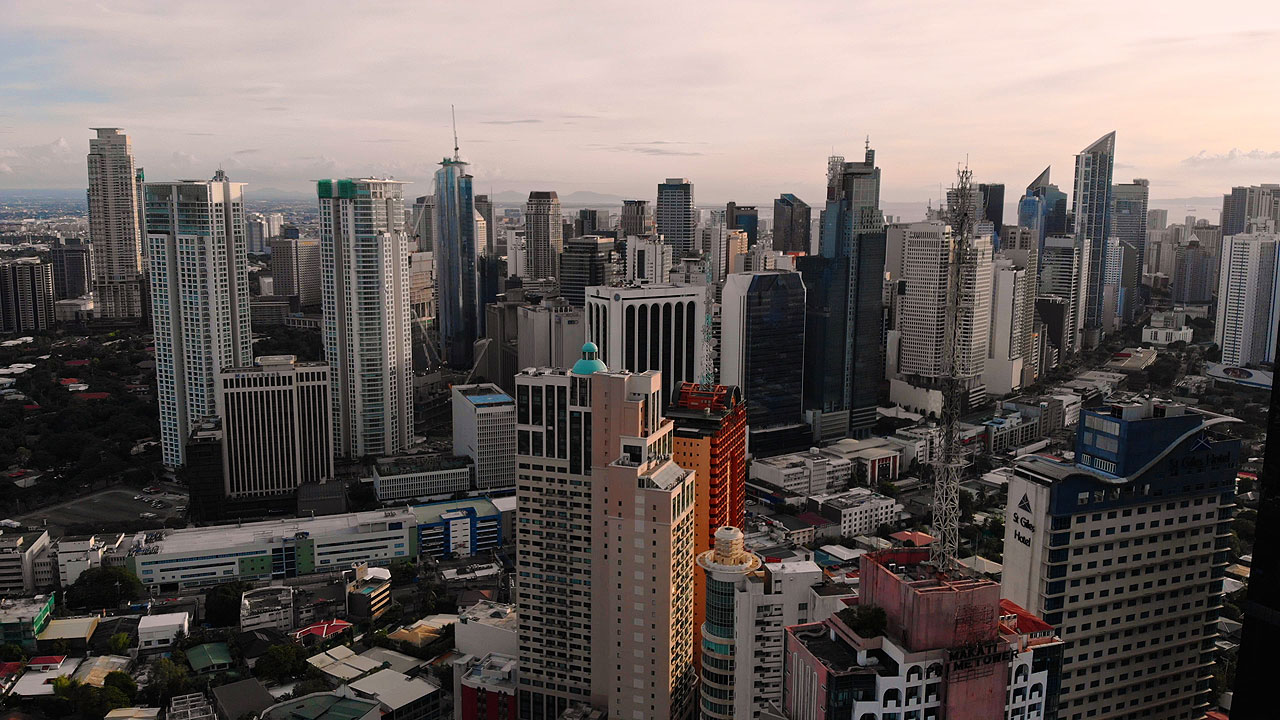
PHILIPPINE gross domestic product (GDP) growth this year may be dampened by risks to gross capital formation and household consumption, Mastercard Economics Institute (MEI) said.
“MEI expects economic growth to strengthen in the Philippines in 2024 versus 2023. There are, though, some challenges to be mindful of, mainly from gross capital formation and private consumption,” Mastercard Economist Jason Yek said in an e-mail.
The government is targeting 6.5-7.5% growth this year, reducing the upside on previous goal of 6.5-8%.
The economy grew 5.9% in the third quarter, bringing GDP growth to 5.5% for the nine-month period.
To meet the lower end of the government’s 6-7% target for 2023, GDP must expand 7.2% in the fourth quarter.
The Philippine Statistics Authority (PSA) is set to release fourth-quarter and full-year 2023 GDP data on Jan. 31.
MEI earlier projected that GDP growth would settle at 5.6% this year. This would make the Philippines the second fastest-growing country in Southeast Asia, just behind Vietnam.
Mr. Yek said that gross capital formation — the investment component of the economy — may continue to be impacted by elevated interest rates.
“The sharp increase in interest rates has yet to fully feed through the economy and credit growth has slowed across many industries, indicating weaker appetite for business investment,” he said.
In the third quarter, gross capital formation contracted 1.6%, ending nine consecutive quarters of growth. This was also a reversal of the 18.2% expansion in the previous year and 0.3% in the second quarter.
The Bangko Sentral ng Pilipinas (BSP) has raised borrowing costs by a cumulative 450 basis points from May 2022 to October this year. This brought the benchmark rate 6.5%, the highest in 16 years.
Risks to household consumption, which typically accounts for three-fourths of GDP, may also weigh on overall growth.
“Private consumption growth is likely to continue facing headwinds from the labor market and price pressures. On the surface, the labor market is tighter now than what it was in 2019 based on the unemployment rate. However, total employment has somewhat stagnated and private sector businesses have been cutting staff,” Mr. Yek said.
Mr. Yek said that the rise in public sector employment, self-employed workers, and unpaid family workers may offset this decline.
“While an increase in public sector employment is positive, the increase in self-employed and unpaid family workers may indicate an increase in income instability among the employed, which is likely negative for spending growth,” he added.
Household consumption grew 5% in the third quarter, registering its weakest growth in two years. This was also slower than 8% a year ago and 5.5% in the previous quarter.
“That being said, strong remittances inflow should help to somewhat offset the headwinds to household spending growth from underlying domestic labor market weakness,” Mr. Yek added.
Meanwhile, MEI also cautioned that headline inflation may not remain within target. “Inflation has come off its post-pandemic peak, but may struggle to fall sufficiently and stably within the central bank’s 2-4% target range in 2024,” Mr. Yek said.
“The first half of 2024 may see a continuation of high food inflation due to India’s ongoing rice export ban constraining the global supply of rice, a staple in the Philippines, before some softening in the second half of the year,” he added.
Inflation eased further to 3.9% in December, its weakest reading in 22 months. This was also the first time in nearly two years that it settled within the BSP’s 2-4% target.
For 2023, inflation averaged 6%, in line with the BSP forecast. The central bank expects inflation to settle at 3.7% this year.
MEI also cited other headwinds such as the weak recovery of tourism from China and Japan. “The persistence of a weak peso into 2024 may also intensify upside price pressures from the import channel, notably on fuel prices,” he added.
On the other hand, net exports could help support growth this year, Mr. Yek said.
“Balancing prices and priorities will remain top-of-mind for consumers and corporations, but the backdrop remains one of consumer empowerment with moderating inflation, steady real economic growth and varied regional dynamics playing into the outlook for the Philippines,” he added. — Luisa Maria Jacinta C. Jocson



